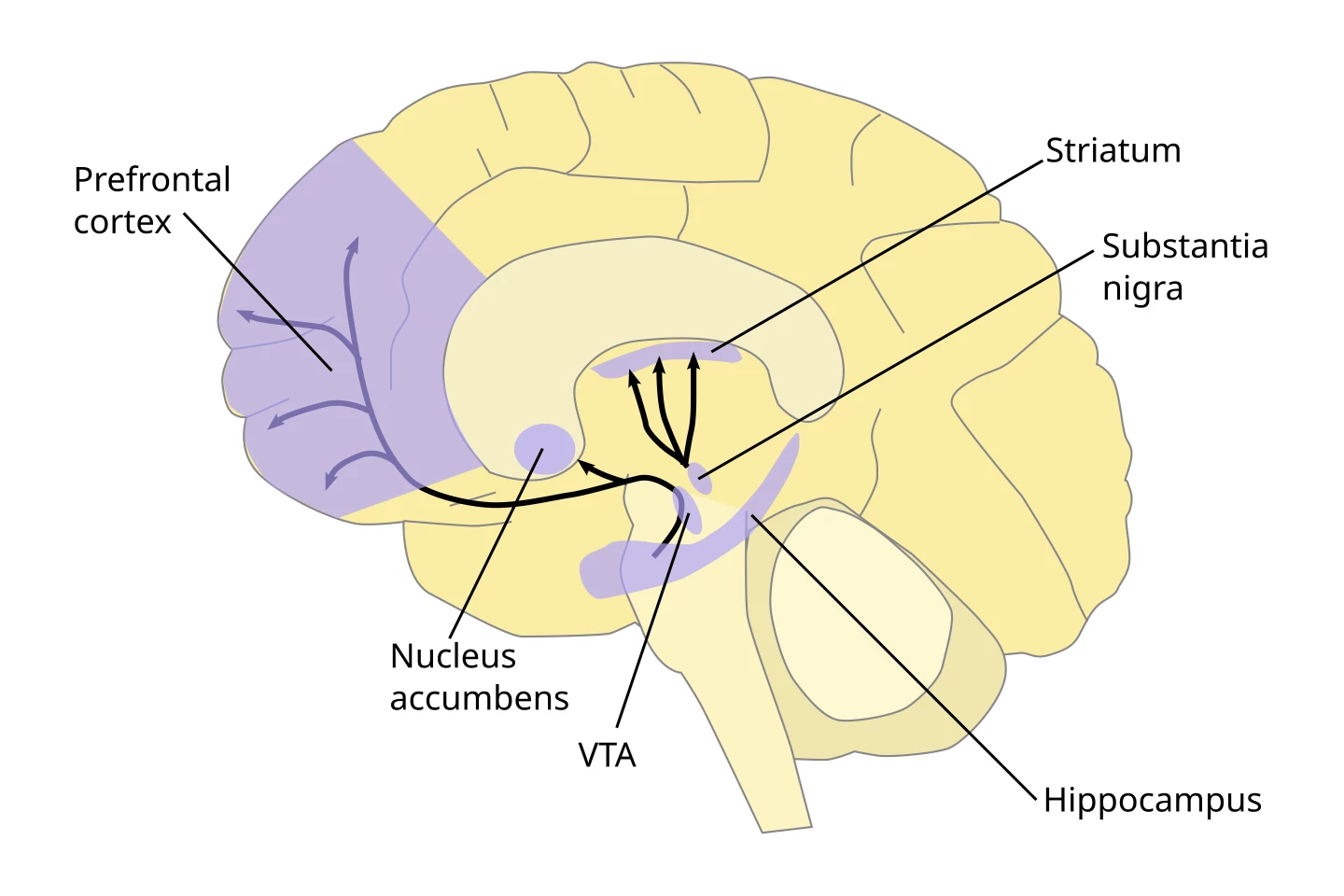A novel drug, evenamide, quieted overactive brain circuits in an animal model of schizophrenia, improving memory, social interaction, and dopamine balance, offering hope for tackling symptoms that current antipsychotics can’t touch.
Schizophrenia causes a mix of positive (delusions, hallucinations), negative (social withdrawal, loss of pleasure) and cognitive (memory, decision-making) symptoms. For some people with schizophrenia, though, existing antipsychotic medications only treat positive symptoms. Still others develop treatment resistance.
A new drug, evenamide, has performed promisingly well in pre-clinical trials using animal models, improving positive, negative, and cognitive symptoms of schizophrenia.
“The study suggests that evenamide has high therapeutic potential for treating multiple symptom domains of schizophrenia,” said senior study author Anthony Grace, PhD, professor of neuroscience, psychiatry and psychology at the University of Pittsburgh.
Antipsychotic agents have traditionally focused on the brain’s dopamine system, blocking type 2 dopamine (D2) receptors. Dopamine is a chemical messenger that helps regulate mood, motivation and thinking. In schizophrenia, certain brain circuits become overactive, sending too much dopamine. This dopamine overactivity is strongly linked to positive symptoms like hallucinations and delusions. By blocking D2 receptors, current antipsychotics reduce the effect of this excess dopamine, which helps to quiet these symptoms. However, these medications tend not to work well for negative or cognitive symptoms. Additionally, because dopamine also controls movement and hormone regulation, blocking D2 can cause side effects like stiffness, tremors, and hormonal changes. And then there’s the issue of treatment resistance.
So, scientists at Newron Pharmaceuticals, an Italy-based company focused on developing new therapies for patients with diseases of the central and peripheral nervous system, focused instead on a key site of pathology in schizophrenia: the hippocampus. Previous studies have shown a link between hyperactivity in this region of the brain and schizophrenia, due to the loss of some special (GABA) neurons that act as inhibitory “brakes”.
Enter evenamide, a first-in-class drug that selectively targets hyperactive neurons, especially in the hippocampus. It blocks voltage-gated sodium channels, tiny “gates” in neuron membranes that are essential for firing electrical signals. Evenamide doesn’t shut down all neurons, only those firing excessively. That means it calms hyperactive circuits without slowing normal brain activity.

“Evenamide is a unique NCE [new chemical entity] agent in acting at the site of the deficit in schizophrenia by reducing hippocampal hyperexcitability,” Grace said. “This represents a significant advancement in treatment, as evenamide can downregulate the hyperdopaminergic state without producing D2 blockade-related side effects while also improving behavioral deficits that are not properly treated by D2 blocking antipsychotic agents.”
In their study of evenamide, the researchers used the MAM (methylazoxymethanol acetate) rat model, a well-established animal model of schizophrenia. Pregnant rats were injected with MAM to disrupt fetal brain development, producing offspring with schizophrenia-like brain changes and behaviors. A single dose of evenamide was given to male and female adult rats either by intraperitoneal injection (into the abdominal cavity) or directly into the ventral, or lower, part of the hippocampus (vHipp), which roughly corresponds to the anterior hippocampus in humans.
The researchers measured neuron activity in the ventral tegmental area (VTA), a key “dopamine hub” in the brain, and the activity of pyramidal neurons, the main excitatory cells in the vHipp. By checking pyramidal neuronal activity, the researchers could check whether evenamide was fixing the root cause of schizophrenia symptoms, an overactive hippocampus. They also tested the rats’ memory by checking to see if they recognized a new object, and they measured their social interactions with other rats.
MAM rats had too many VTA dopamine neurons firing spontaneously. Evenamide normalized this in both sexes, whether it was given into the peritoneal cavity or directly into the vHipp. MAM rats also had overactive pyramidal neurons. Evenamide reduced the neurons’ firing rate without affecting normal baseline activity. Pre-evenamide treatment, MAM rats had memory deficits. The drug restored memory performance in both males and females. And, it reversed the reduced social interaction that male MAM rats had. Female MAM rats didn’t show any social deficits, so there was no improvement seen in that regard.

“The recognition memory improvement induced by evenamide in the study’s MAM model may indicate that it may also enhance cognitive function in patients with schizophrenia and ultimately lead to a better functional outcome,” said Grace. “Current D2-based antipsychotic agents do not effectively address cognitive symptoms, which limits their overall efficacy and produces a significant functional burden on patients. Therefore, evenamide would offer advantages over existing antipsychotic drugs by targeting positive symptoms, cognitive deficits and social isolation.”
The study had some limitations. While the MAM model mimics many features of schizophrenia, it isn’t a perfect representation of human disease. The researchers only tested single, short-term doses; the effects of chronic evenamide use weren’t explored here. Also, the reasons for some sex-specific effects need further investigation. However, despite these limitations, the findings of the present study are positive and accord with those seen in previous clinical trials of evenamide.
“This study provides important learnings, which explain the results of our earlier Phase II and Phase III trials in patients with chronic schizophrenia,” said Ravi Anand, Newron’s Chief Medical Officer, who was not involved in the study. “The preclinical and clinical results suggest [a] high likelihood of success for our ongoing pivotal Phase III program and potentially offering a completely new treatment paradigm to patients with schizophrenia.”
The study was published in the journal Neuropsychopharmacology.
Source: Newron Pharmaceuticals







